A study by scientists at London's Natural History Museum revealed that Britain has lost almost half of its biodiversity since the Industrial Revolution, and that the nation is one of the worst rated in terms of the extent to which is ecosystems have retained their natural biodiversity. But some of the UK's precious wildlife is still hanging on in key strongholds across the country.
- Britain's lost beasts: when did the moose, wolf and bear go extinct in UK?
- What animals are extinct in Britain?
Here is our expert guide to some of the most endangered animal species in Britain, with a few key details on where they can be found, how to identify and why each species is in decline.
Britain's most endangered animal species
Scottish wildcat (Felis silvestris silvestris)
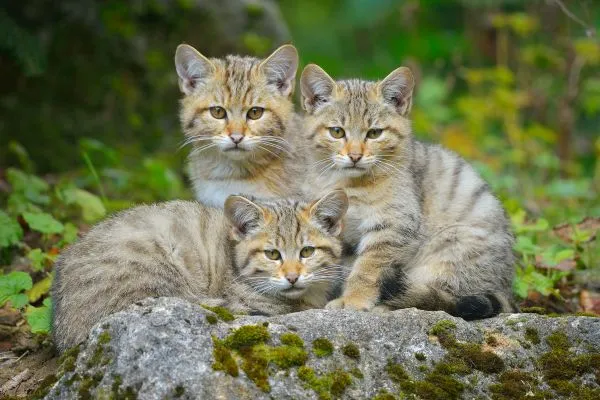
The only feline species native to the British Isles, the wildcat was once widespread, but is now restricted to northern Scotland where as few as 100 may remain.
Persecution and interbreeding with feral cats have driven the wildcat to near-extinction and sightings of this thick-tailed, tabby like animal may soon be lost to history.
In 2023, 19 Scottish wildcats were released into the cairngorms in a battle to save the species.
Our sister title BBC Wildlife Magazine named the Scottish wildcat one of the rarest cats int the world
Red squirrel (Sciurus vulgaris)
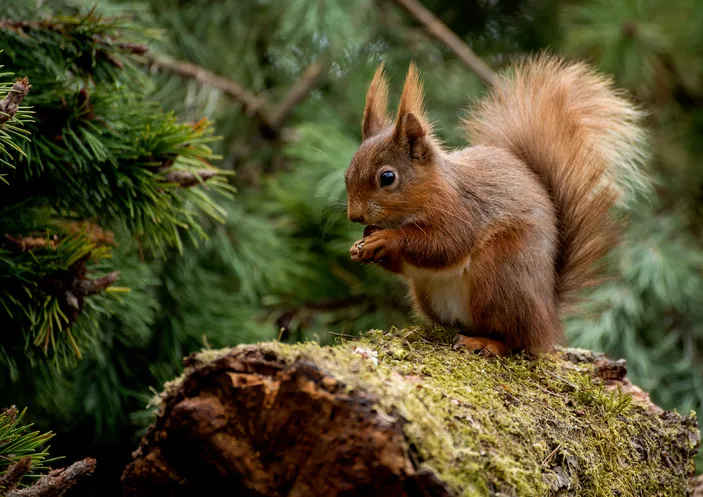
The ever-popular red squirrel has been in decline since the early 20th century and has dwindled to an estimated population of only 140,000.
This compares to the 2.5 million strong North American grey squirrel pushing it out of most areas since its introduction to the UK.
Now the reds are only commonly found in the far north of England and Scotland.
There were encouraging signs of a small fight-back for the red squirrel in recent years, but their susceptibility to squirrel pox means they remain very much in the shadow of the grey squirrel.
Hazel dormouse (Muscardinus avellanarius)
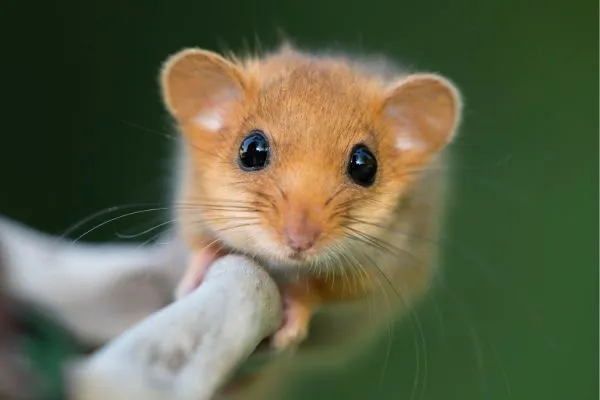
Renowned for its fondness for sleep, the hazel dormouse spends half of the year in hibernation.
They are small, the body measuring 75mm with a 65mm tail, and have golden-brown fur with large, round black eyes.
Largely restricted to southern counties, they are nocturnal and build summer nests from honeysuckle bark.
Numbers of dormice are dwindling in the UK - read about the plight of British dormice.
Cicada (Family Cicadidae)

While these insects are common throughout Europe, they are struggling desperately in Britain. Their population is now confined to small areas of the New Forest in Hampshire and there have been no recorded sightings of the bug since the turn of the Millennium.
The has led some commentators to believe that it has already become extinct, but experts say it suffered a similar lull in the 1940s and 1960s, only to be spotted again.
Tracking its whereabouts and numbers is not easy. The cicada emits a high-pitched song only on sunny days between May and July. So high-pitched in fact that it is imperceptible to most humans, especially those over the age of 40.
Turtle dove (Streptopelia turtur)
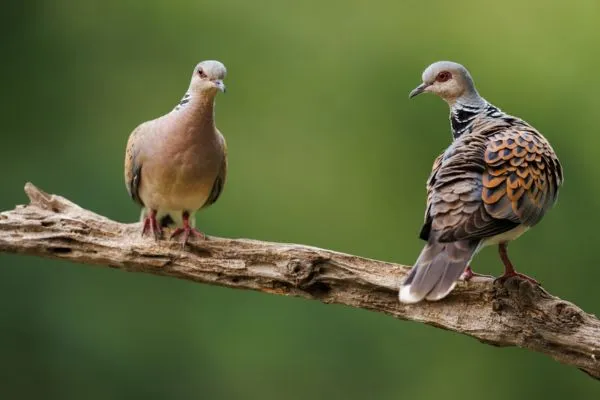
Once a familiar summer sound, the ‘purr’ of the turtle dove is now rarely heard in Britain. In fact, in 2022 a survey suggested they were the fasting declining species in the UK.
Slightly bigger than a blackbird, they have a distinctive scalloped pattern on the upper wings.
They have declined by 99% in Britian since 1960, due in part to widespread hunting across the Mediterranean as they migrate from Africa.
Want to know more? We've compiled a list of 10 things you didn't know about turtle doves.
Capercaillie (Tetrao urogallus)

The male capercaillie is a huge, turkey-sized bird, dark in colour with a long tail that it fans when displaying to the smaller, brown females.
Having been reintroduced in the 1830’s following extinction, the capercaillie is again endangered, with only around 500 left in the pine forests of northern Scotland. Find out what has gone wrong in our investigation: who is killing the capercaillie?
Pine marten (Martes martes)
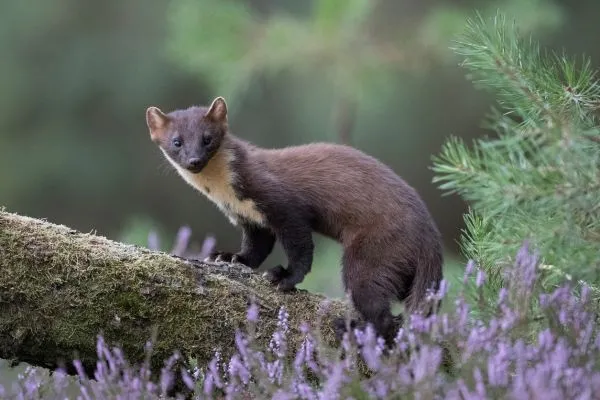
Chocolate-brown with a burnt butter chest, the pine marten is a mustelid found primarily in the north and west.
Similarly sized to a cat, it has a long, fluffy tail and lithe body, suited to its favoured, woodland habitat.
Once persecuted to the brink of extinction, the pine marten is now expanding its range.
Lesser spotted woodpecker (Dryobates minor)
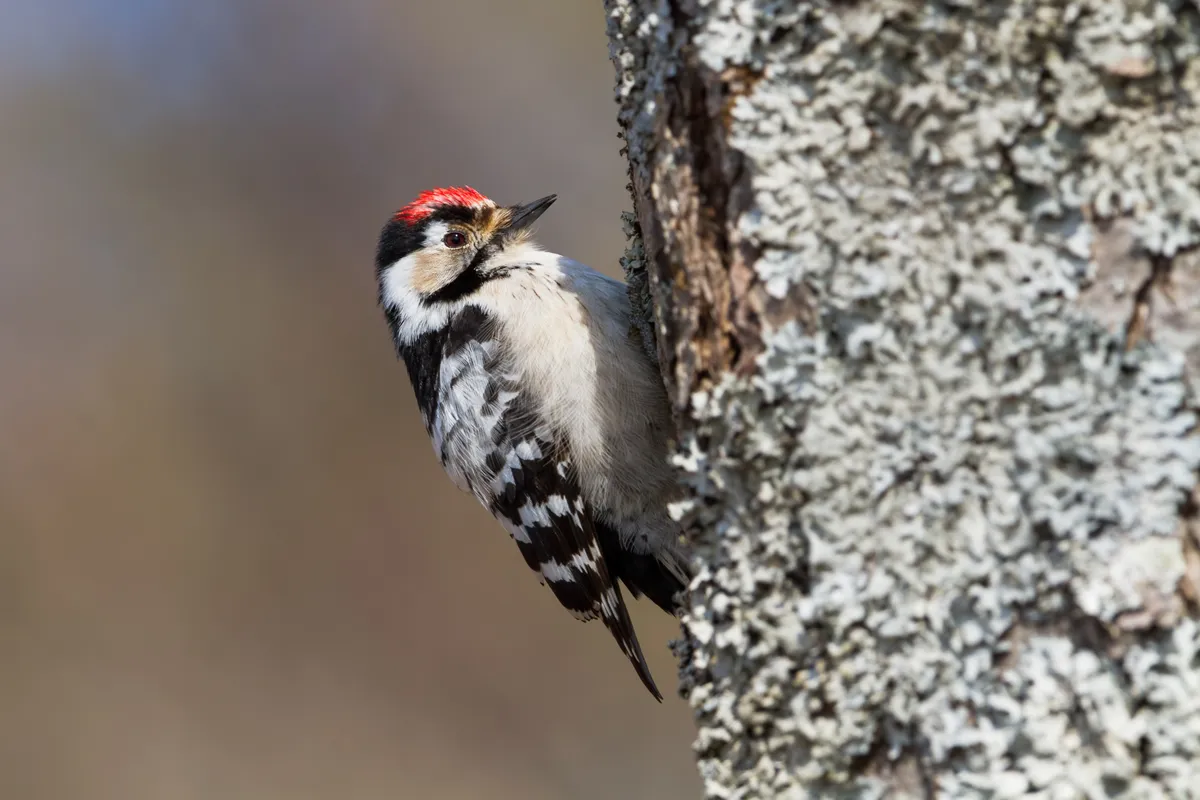
For some, this is the never-spotted woodpecker. Little bigger than a house sparrow, the lesser is the smallest of the three UK woodpecker species and increasingly seldom seen in Britain.
Its strongholds are ancient woodlands of southern England, from Dartmoor to Kent, but especially the New Forest.
Its small size and habit of living much of its life high in the woodland canopy means that it is often overlooked but the species has also undergone a dramatic decline in numbers since the 1980s of over 90%. Just 600 pairs may remain in the whole of the UK. The reasons are not well known though it may include loss of open woodland habitat and the standing dead wood that holds their insect food and offers nesting holes.
Lesser-spotted nests are also known to be plundered by the larger great spotted woodpecker, whose numbers have increased dramatically over the same period.
The best means of locating a lesser spotted woodpecker is through the sound of its hammering – which is long and drawn out, rather than short and staccato as with the great spotted.
Hear more about this species in our Plodcast.
Wart-biter cricket (Decticus verrucivorus)
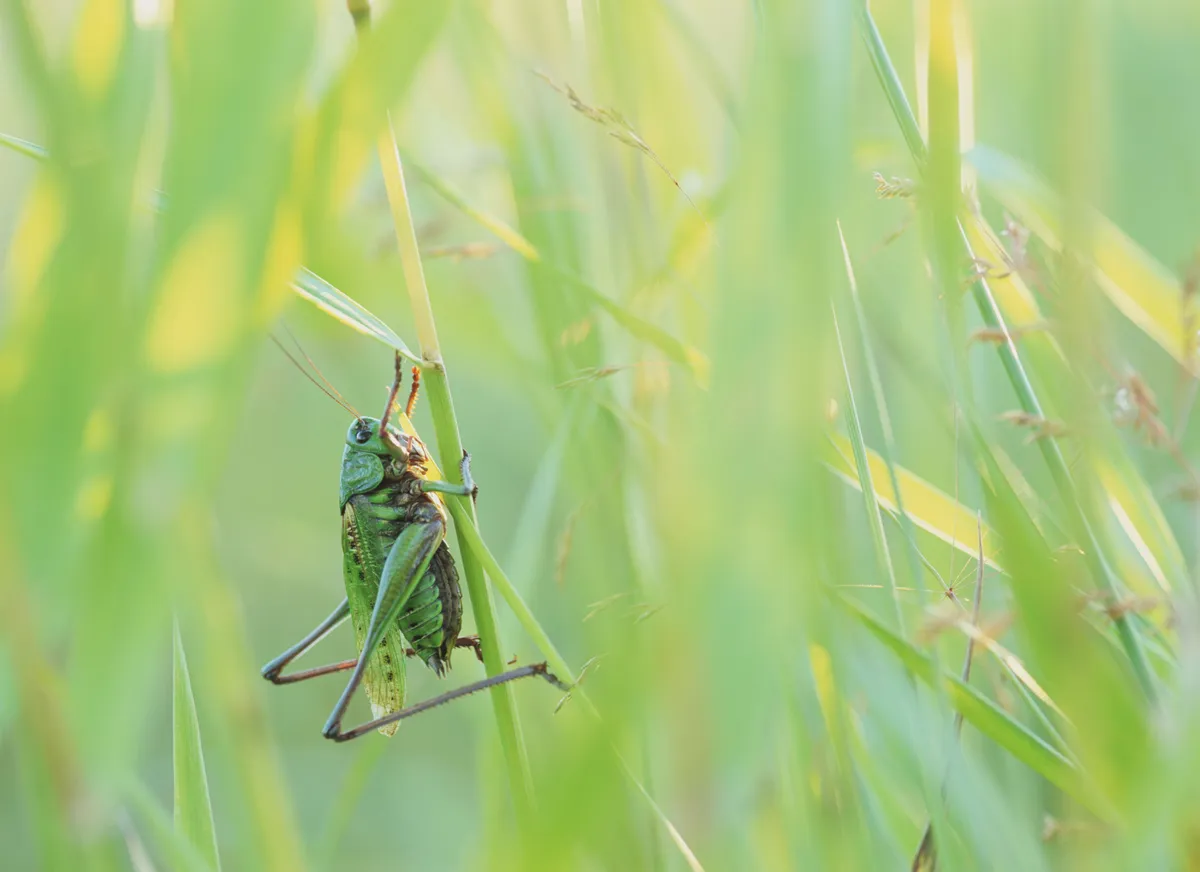
This cricket – whose name comes from an old tradition of using them to bite warts off skin – can only be found in four naturally occurring locations across East Sussex, Dorset and Wiltshire.
While another population has been re-introduced in Kent the wart-biter is at a high-risk of extinction due to loss of its habitat on heathland and chalk landscape as well as its prey.
Smooth snake (Coronella austriaca)

One of only three native snakes species in the UK, and our rarest reptile, the smooth snake is found only on lowland heaths, primarily in Dorset and Hampshire.
Its numbers have been drastically reduced through loss of these heaths to development.
With brown-grey colouration and round, ‘teddy-bear’ eyes, they grow to around 70cm in length and are secretive, spending considerable time underground where they regulate blood temperature through contact with their surroundings rather than direct sunlight.
A hunter of other reptiles, it also hides underground, waiting to ambush passing prey.
For everything you need to know about this species, check out our comprehensive guide to smooth snakes and listen to our Plodcast
Bearded false darkling beetle (Melandrya barbata)
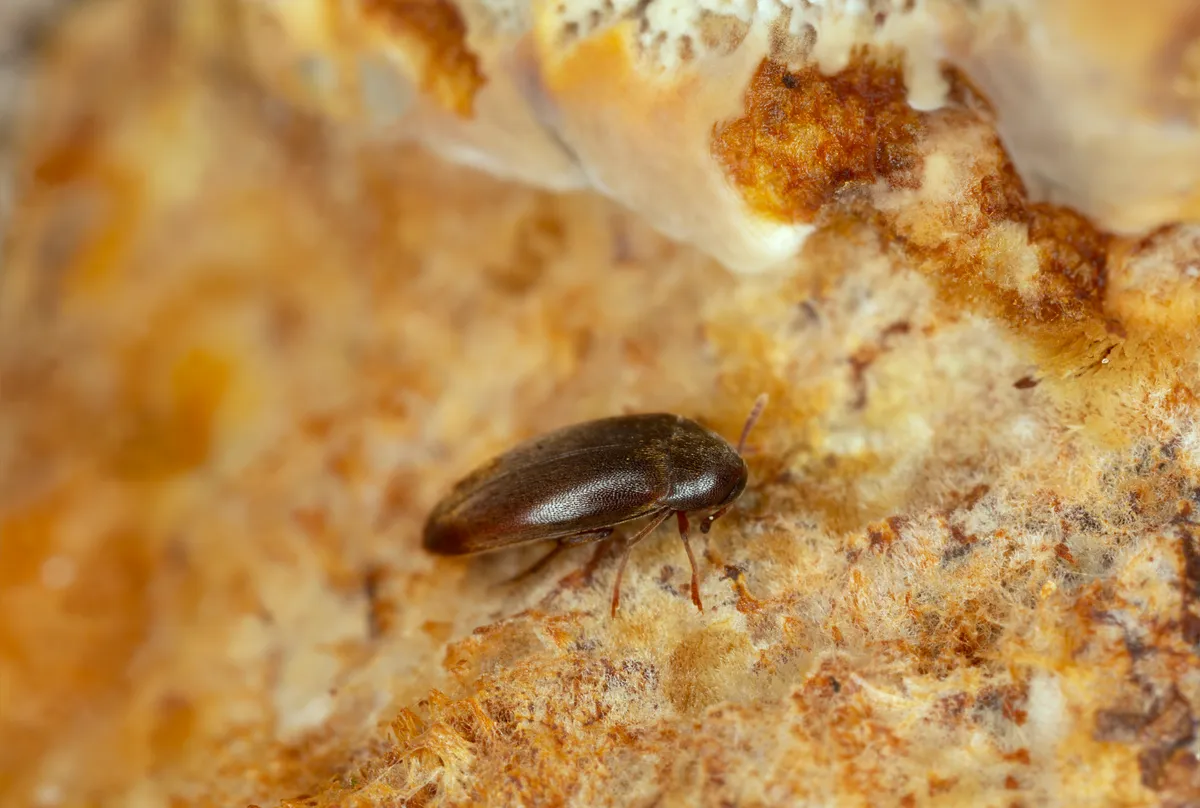
This brilliant beetle is only to be found in five areas of south-east Britain. One such location is the New Forest, which has an abundance of the beetle’s favourite places to live: deadwood as well as oak trees.
Rural development and deforestation has removed the beetle’s chosen habitat in the vast majority of Britain resulting in it being classified as ‘endangered’ and at severe risk of disappearing completely from these shores.
Find out more about British beetles in our comprehensive, expert guide.
Natterjack toad (Epidalea calamita)

One of only two species of toad in the UK, this noisy amphibian is said to be audible over several kilometres but sadly there are vast swathes of Britain in which it cannot be heard at all.
It has all but gone from these islands and is largely restricted to coastal populations in Cumbria, Solway, Lancashire and East Anglia, although there are ongoing introduction programmes at inland, heathland sites.
They have been reintroduced in Hampshire and Surrey but are still considered endangered, despite female natterjacks being able to lay up to 7,500 eggs during breeding season.
A good place to see natterjack toads is the coast near Southport in Lancashire.
Hedgehog (Subfamily Erinaceinae)

This much-loved creature has seen a harsh decline in the last 70 years. In 1950 there were an estimated 36 million hedgehogs in the UK. Sadly, reports last year suggested that had dropped to just one million in 2013, a third of levels at the start of the century.
It is considered to be partly due to warmer winters that have affected their hibernation patterns, waking them up at the wrong time of year, before there is enough food around. New roads and building developments constructed in their habitat may also be a factor.
Take a look at our British hedgehog guide for information on how to help hedgehogs in your garden.
Swallowtail butterfly (Papilio machaon)
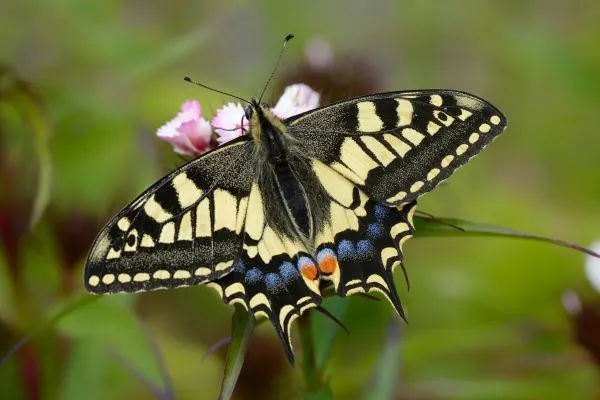
Perhaps our most striking butterfly, the swallowtail is also our largest, with black veins across yellow wings, blue edging and red spots beside the pointed, ‘forked’ tail.
Restricted to the Norfolk fens, the swallowtail flies in early summer before overwintering as a chrysalis, when it is susceptible to flooding.
Check out our feature about a new butterfly for Britain - the Continental Swallowtail.
Small tortoiseshell (Aglais urticae)

British butterflies have been in decline in recent years in general and half of the UK's species are now on the UK red list which lists wildlife threatened with extinction.
A species that has particularly suffered if the pretty small tortoiseshell. Once one of our commonest butterfly species, in 2013 it was reported that numbers had dropped by 77% in the previous 10 years.
Butterfly populations have struggled here on recent years because of the wet springs and summers and, as with most of the animals on this list, a decline in the availability of its natural habitat.
Critically endangered species in even more trouble than the small tortoiseshell include the pearl bordered fritillary, the heath fritillary, the wood white and the high brown fritillary.
Looking to help our pollinators? Why not grow butterfly- and bee-friendly plants in your garden?
Hen harrier (Circus cyaneus)
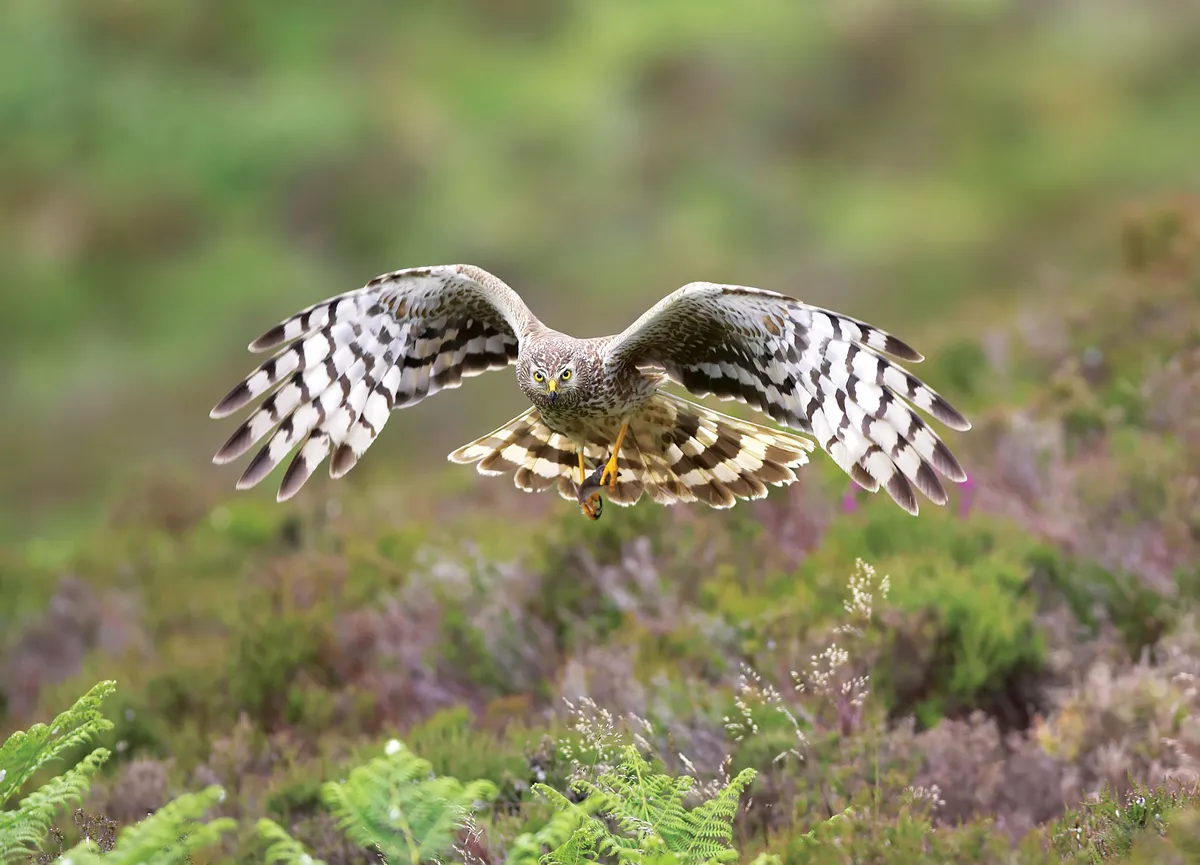
A silent hunter of moorlands and wild islands, the hen harrier quarters the landscape in a slow, buoyant flight, before dropping to ambush birds and small mammals on the ground.
The species is best known for its courtship skydance in early spring when the sexes engage in a delicate aerial ballet, swooping and weaving together. Males are a delicate grey-blue, like the edge of a storm cloud. The larger female is a sooty brown above but streaked brown and white underside.
Sadly the hen harrier has undergone a serious decline in recent years and is one of the UK's most persecuted animals. On grouse moors, the harrier can have a major effect on gamebird numbers and this has brought it into conflict with those managing the estates for grouse shooting.
An RSPB study published in spring 2023 looked at the results of a GPS tracking programme for the species. Birds were tagged with transmitters and their movements followed. The study found that individual birds were disappearing on average just 120 days after fledging and mortality was highest on grouse moors.
Fen raft spider (Dolomedes plantarius)
The rarer of two British species of Dolomedes, the fen raft spider occurs naturally at just three sites, in East Anglia, Sussex and South Wales.
An adult may measure 22mm with a leg span of 70mm, and each leg has sensory hairs that enable it to walk on the water’s surface and detect vibrations from prey.
The fen raft spider is Britain's biggest spider
Find out more about Britain's spiders
- Meet the tube web spider, a British spider that can pierce skin with its fangs
- 14 incredible spider facts you probably didn't know
- Meet the purse-web spider, Britain's very own tarantula
Want to find out more about the state of our wildlife?
Check out our expert guides about the UK's most threatened insects and how British birds are in decline, as well as some good news: rare butterflies making a comeback and how nature-friendly farming is seeing a boost in bird and butterfly numbers.



